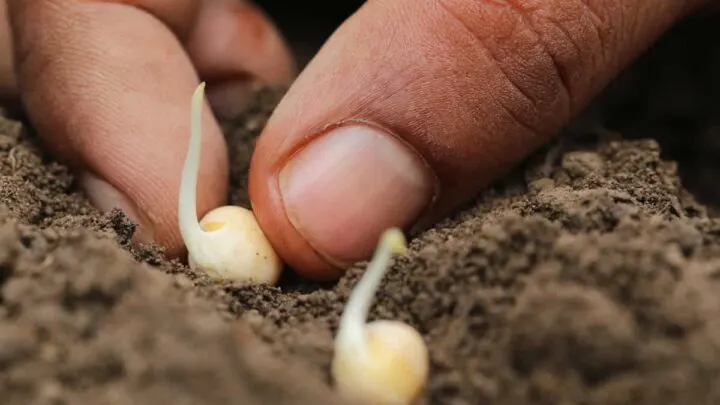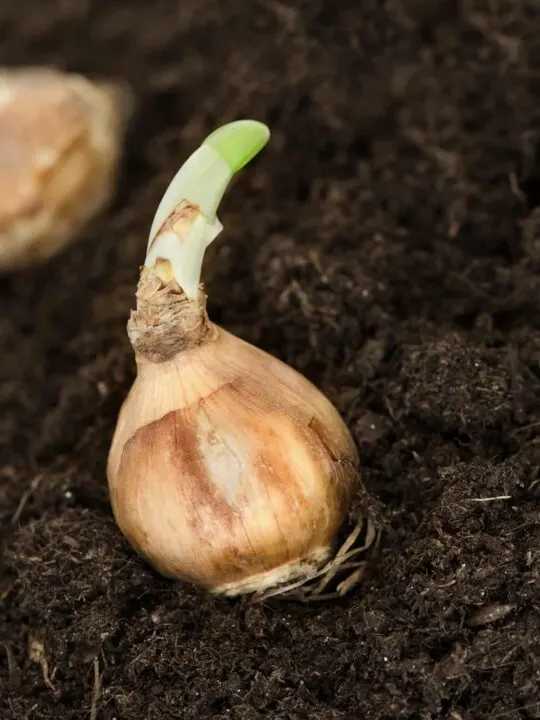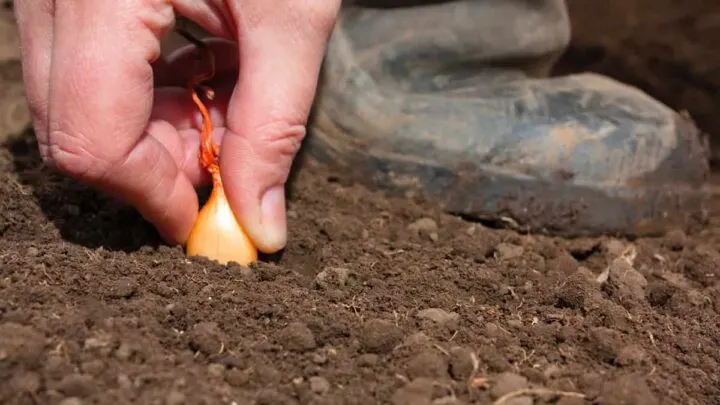Growing an onion plant seems like a simple task for most gardeners, especially with onion sets. You dig the dirt, fertilize it, drop it in the soil, and water it in. However, not all onion sets perform well, and sometimes they end up having issues. Heat treating onion sets however often produces good results consistently. But, why are onion sets heat treated?
Onion sets are heat treated to help encourage faster growth and reduce bolting. Heat treating onion sets focuses heavily on bulb development. Doing this to onion sets can also discourage pests and disease development.
Heat treating is a slow and methodical process, often lasting several months. However, the results are undeniable and it’s something gardeners should consider if they want consistent onion crops each year.
Next, I’ll explain the heat treating process a bit more so you can get an idea of what goes on, and how that affects onion plants and their production.

How Heat Treating An Onion Set Work
To better understand the importance of heat treating onion plants, you should understand the process.
In a nutshell, heat treating onions involves the following:
- Gradually heating up the onion plant
- Gradually cooling the onions before planting
In most cases, the onion is heated up from its core temperature (usually 37 – 41 degrees Fahrenheit), all the way to 82 – 86 degrees. That’s quite the jump in temperature so to avoid shocking the onion set, this is done slowly, and once the sets reach their max temperature, they’ll remain heated over one to two months.
Some varieties are heat treated for up to three months. During this period the humidity levels are much higher as well, often reaching between 85 – 95%.
In that time frame, they may experience an additional period of heating, usually 10 days. The temperature increase however is typically another 5 to 6 degrees Fahrenheit added.

The size of the onion also plays a role in which temperature to max out at, and how quickly the heating process takes place.
For the last one to two weeks of the process just before planting, the sets are cooled. They’ll go back to a temperature around 50 – 57 degrees Fahrenheit.
In essence, the heat treating process destroys the flower embryo, and this process will lead to less bolting; the main benefit of this process.
Benefits Of Heat Treating Onion Sets
Although heat-treating onion sets may seem a bit over the top, it’s actually a smart thing to do. There are plenty of benefits to doing it, and it can make a gardener’s life that much easier. Let’s get into a few of these reasons below.
Leads To Higher Yields
Typically to get high yields, you need to add lots of fertilizer to your onions. While that’s still important, heat-treating onion sets can greatly contribute to this.
That’s because the heat-treating process can extend the growth period of your onions.

Reduces The Risk Of Bolting
Because of how insensitive the heat-treating process is, only the onion sets that survive this stage will have almost no issues with bolting.
That’s a good thing because bolting in onion plants is a common problem. A cold snap in the growing season could be all your onion plant needs to start sprouting flowers and stop developing. Bolting usually happens as the bulb develops, which for many is around late June in the season.
It’s a premature flower stalk that comes out, but it’s a natural process.
However, for anyone that’s experienced bolting, the bulb won’t continue to develop. So, if this were to happen while it’s still small in size, then your yield will be undesirable. In essence, bolting equals less harvest.
Heat-treating sets are a great way to prevent this so you can get the biggest bulb possible in a timely fashion.
Reduces Disease and Pests
Anyone who’s ever grown onions can tell you that disease and pests are all too common. Especially when growing them in the ground and not container style.
Heat-treating onions however prevent a lot of the common diseases out there. Powdery mildew, leaf spots, browning, and especially anything to do with the bulb. The bulb is stronger, and more resilient, and because of its quick growth will outpace any potential disease.
With untreated sets, you’re more likely to experience things like Furasium rot, however, heat sets are highly resistant to it.
Likewise, pests, especially worms will have a tough time getting started on your bulb. The skin is going to be much firmer, and feel of a higher quality as well.

Shorter Growing Season
Because the onion sets are heat-treated, most gardeners are likely to experience a much shorter growing season. And it makes sense. By heat treating, you can get the onions going quicker than doing it from seed.
The onions can focus their attention more quickly on the bulb, so you’ll actually see a bigger, more established bulb, and sooner.
Heat-treated onion sets are usually planted later in the season due to their rapid growth qualities. Most gardeners can start these in April and have a great yield by May.
Once they are done growing, you’ll notice they store a lot better too due to them not bolting early.
A Few Thoughts
Ultimately if you want successful onion crops, you need to have them growing vigorously and rapidly. Heat treating them is a great way to do this. It in a way really simplifies things for gardeners, and it does it across a short growing season. This allows you to prepare your soil accordingly and fit other crops into the rotation as you see fit.
Give it a try, I think you’ll be pleasantly surprised at the results!

Hi there, my name is Allie and welcome to my blog; GareningWithAllie!
Much of what you see written here is just our personal experiences with gardening. Along with the content I write here, there is also a unique collection of gardening topics covered by some of our close friends. I hope you find everything you read here to be helpful, informative, and something that can make your gardening journey the most lovely experience ever! With that said, Happy Gardening!
